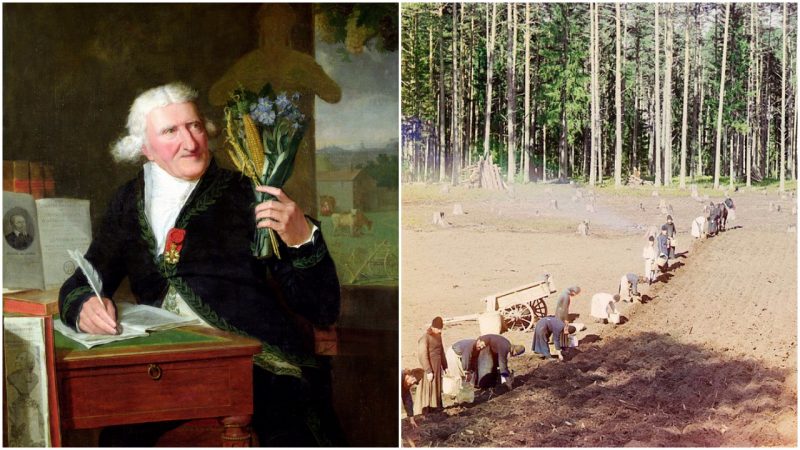The potato is one of the most common crops and one of the most widespread and cheapest of foods.
In 2013, the Food and Agriculture Organization of the United Nations reported that 368 million tons of potato were produced worldwide in 2012. Nowadays, most people couldn’t imagine life without the consumption of potatoes, because the potato has found its way into virtually every cuisine of the world.
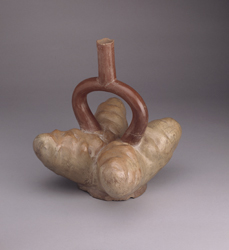
The potato has been known to humanity since at least 5000 BC when it was cultivated by the ancient civilizations that occupied the region of modern-day Peru and Bolivia. Potatoes were one of the primary sources of energy and carbohydrates for the soldiers of the Incas and the Aztec Empire; Spanish conquistadors acquired potato plants and seeds from the Aztecs and transported them to Europe.
In the 16th century Europe the potato was considered a decorative exotic plant. It was cultivated in courts and monasteries as a potted plant because of its luscious green leaves. However, many regions across Europe banned the cultivation of the potato because of its poisonous properties. Namely, all parts of the plant are highly poisonous except for its edible tuber.
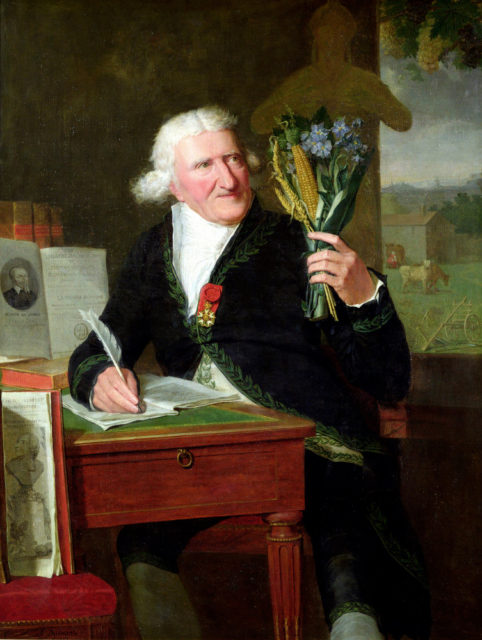
Fortunately, Basque fishermen from Spain discovered that potatoes could be cooked and eaten, and they shared their discovery with the inhabitants of western Ireland where they frequently landed to dry their fish. As soon as 1600, the potato became popular among peasants in the British Isles, Spain, and northern Italy as a cheap source of food and animal fodder.
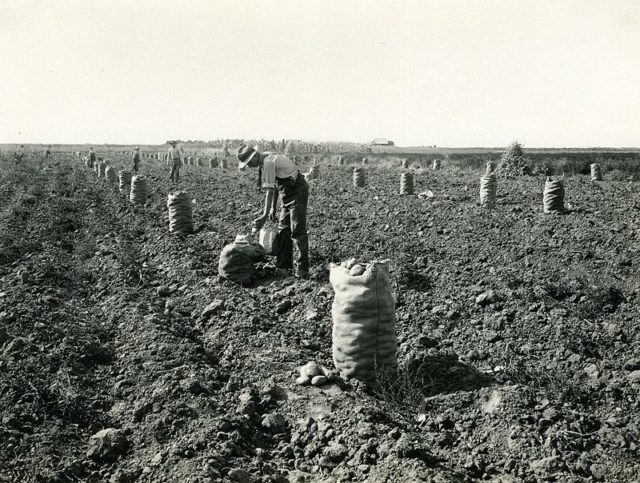
However, the popularity of the potato rapidly rose during the industrial revolution of the 19th century, when countries across Europe urged their citizens to plant potatoes in their gardens. At that time, potatoes were usually grown in fields, but they soon reached the small backyard plots of urban workers across Europe.
Since then, the potato has had an instrumental role in preventing famine across the world. The prominent Marxist philosopher Friedrich Engels considered the potato as equal to various scientific achievements of the 19th century, because the plant’s historical revolutionary role in stopping famine and providing the working class with a stable and nutritious food source.
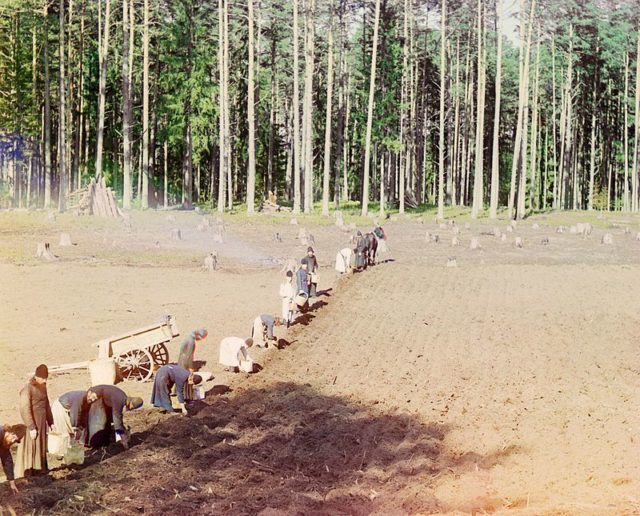
Throughout the 19th century, potatoes were so popular in the British Isles that a third of the population relied exclusively on the vegetable. This became a huge problem for Ireland in the late 1840s, because potato blight weakened the crops and caused one of the most dreadful famines in European history, known as the Great Famine or the Irish Potato Famine.
More than a million people died during the famine and the population of Ireland fell by almost 25%. However, after the famine, British scientists devised ways to create more resilient potato strains which quickly restored the world’s faith in the power of the beloved crop.
